We revolutionize wound treatment!
"I am overjoyed because thanks to the treatment with the CPT®patch I got back my lost quality of life."
Sandra Henn
CPT® patient after successful treatment
CPT® patient after successful treatment
"I am overjoyed because thanks to the treatment with the CPT®patch I got back my lost quality of life."
"By offering CPTpatch therapy, we have established ourselves as an innovative treatment center and significantly increased the number of patients."
Proper treatment of chronic, hard-to-heal wounds promises a good chance of healing.
CPT® is used for:
We are currently conducting a clinical study on the effectiveness of our cold plasma therapy with the support of the German Federal Ministry of Education and Research.
Do you have a chronic wound on your lower leg?
Then you can now participate in our study and receive a free plasma treatment.
More information can be found on our study page.
The risk of developing a chronic wound increases with age and is 4 to 5 % after the age of 80. Different figures are available for the number of people affected by a chronic wound in Germany. Estimates range up to 4 million affected by the three most common conditions alone - decubitus ulcer, venous leg ulcer and diabetic foot ulcer.
It is assumed that the number of people affected by chronic wounds will continue to increase massively in the future. In addition to the increase in life expectancy, rising numbers of cases of obesity and diabetes are also considered to be favorable factors.
The numbers of wound infections, chronic wounds and multi-resistant bacteria have been increasing for years. However, it is assumed that 2 to 3 % of the adult population of all western industrialized nations has a chronic wound.
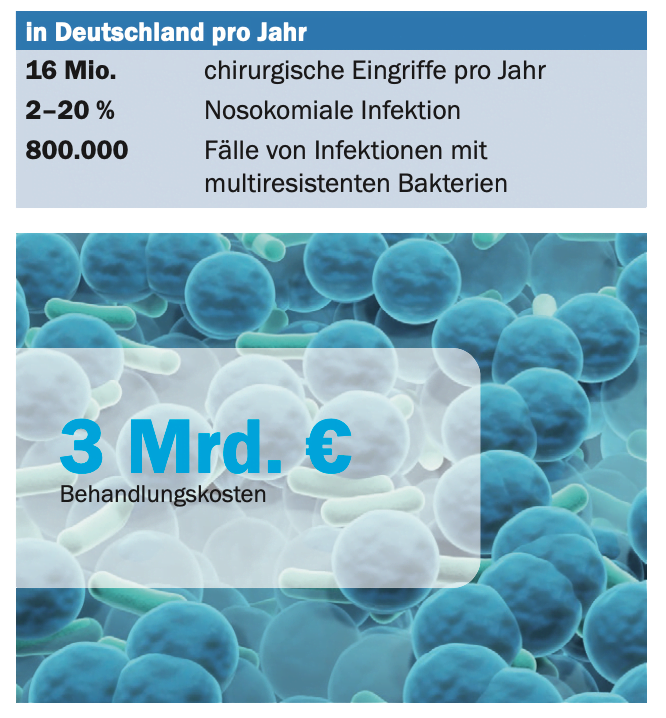
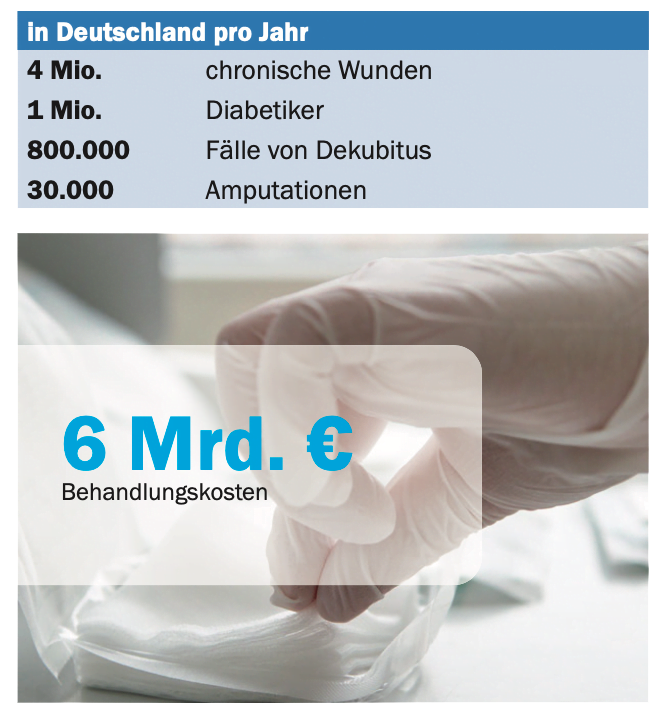
A wound that has not healed after 8 weeks is called "chronic".
Irrespective of this temporally oriented definition, there are wounds that are to be regarded as chronic from the outset, since their treatment requires therapy of the continuing cause. These include, for example, diabetic foot syndrome (DFS), wounds caused by peripheral arterial occlusive disease (PAVD), chronic venous insufficiency (CVI) and pressure ulcers.
Every chronic wound healing disorder has a cause. This must be clarified at the start of local treatment by the responsible physician and/or via a vascular surgery wound consultation.
Mixed images of different causes are common. In order to recognize them, all possibilities of potential wound formation should be queried.
Cold plasma treatment is an innovative and effective procedure for chronic wounds. It promotes the wound healing process and can bring about wound closure of protracted chronic wounds.
For successful wound treatment, it is important to consider not only the wound but also the entire health situation, from secondary diseases to the patient's living situation. This is only possible with a multiprofessional approach that considers the medical side as well as the nursing and social components, with the goal of closing the wound.
If a wound does not heal, there is a reason for it. Often, a vascular circulatory disorder is behind it - for example, diabetic foot syndrome - which leads to an undersupply of oxygen and nutrients to the wound area.
Impaired cardiac or renal performance or autoimmune and skin diseases can also interfere with wound healing. The first step is to diagnose and treat the underlying disease.
Other common forms of chronic wounds are venous leg ulcers or bedsores, the so-called decubitus. What they have in common is that blood circulation in the wound area is disturbed and must be restored as the first goal of treatment.
Parallel to the so important treatment of the underlying disease, the wound is specifically treated. "Wound treatment usually begins with cleaning the wound. For this, the medical colleagues use various procedures," explains Felix Grassoff from the MeckCura nursing service. "For example, a wound can be cleaned surgically, biomechanically or ultrasound-guided. The procedures can also be linked together."
Another important aspect is dressing technique and dressing material, which decisively support wound healing. In fact, the care of chronic wounds differs greatly in this respect from the treatment of a simple, complication-free acute wound, such as a superficial cut.
Another important part of wound care is the photographic documentation of the wound development, so that we and the affected person can understand exactly what the process is like. At the beginning, patients are called in closely for wound checks and dressing changes. "Our job is to counsel patients and give them care tips and advice on how to manage the condition. It is important for the wound healing process that the patients participate. The therapy concept must be continuously adapted to the wound situation and the patient's overall health situation."
A wound that has not healed after 8 weeks is called "chronic".
Irrespective of this temporally oriented definition, there are wounds that are to be regarded as chronic from the outset, since their treatment requires therapy of the continuing cause. These include, for example, diabetic foot syndrome (DFS), wounds caused by peripheral arterial occlusive disease (PAVD), chronic venous insufficiency (CVI) and pressure ulcers.
Every chronic wound healing disorder has a cause. This must be clarified at the start of local treatment by the responsible physician and/or via a vascular surgery wound consultation.
Mixed images of different causes are common. In order to recognize them, all possibilities of potential wound formation should be queried.
Cold plasma treatment is an innovative and effective procedure for chronic wounds. It promotes the wound healing process and can bring about wound closure of protracted chronic wounds.
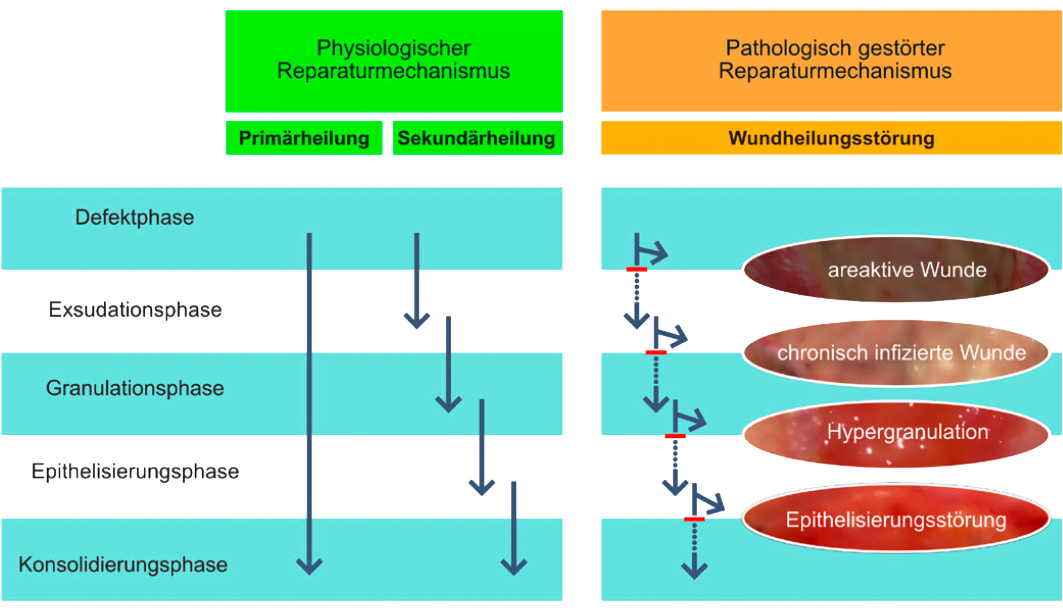
At first, it was just a small wound on her ankle. Nothing that Ruth Wollgast had given much thought to. The 77-year-old from Hamburg is also not surprised that the healing process is a bit slow: she has diabetes and is familiar with such side effects.
But this time everything is different - the condition of the wound worsens, it eventually becomes chronic.
This is the beginning of several years of suffering that almost 3 million Germans with chronic wounds share with Ruth Wollgast. It is characterized by great restrictions in daily life, countless treatments with ointments, tablets, wound dressings and, in the case of the Hamburg woman, even a skin transplant.
But all to no avail: "I'm actually a very positive person, but the wound was a real pain in the neck. When you're still in pain after three years and really limited, you can despair," says the retiree looking back.
It is her diabetologist who finally tells her about the new form of treatment with cold plasma. Demoralized by the many setbacks, she remains skeptical, but agrees to therapy. She says that she was quite queasy before her first appointment. She was all the more surprised to find that the treatment with the CPT®patch was really short and painless. And above all: it works!
Twice a week, the plasma patch is applied to the patient's wound, which is around eight centimeters in size, and the cold plasma is generated directly over the open area. Multi-resistant bacteria are killed in just 120 seconds and cell regeneration is promoted. After only six weeks, Ruth Wollgast's wound is closed: "I am so very grateful to my practitioner that he recommended the therapy to me and also persuaded me a little. Now I can live freely again, have no more pain and am just happy."
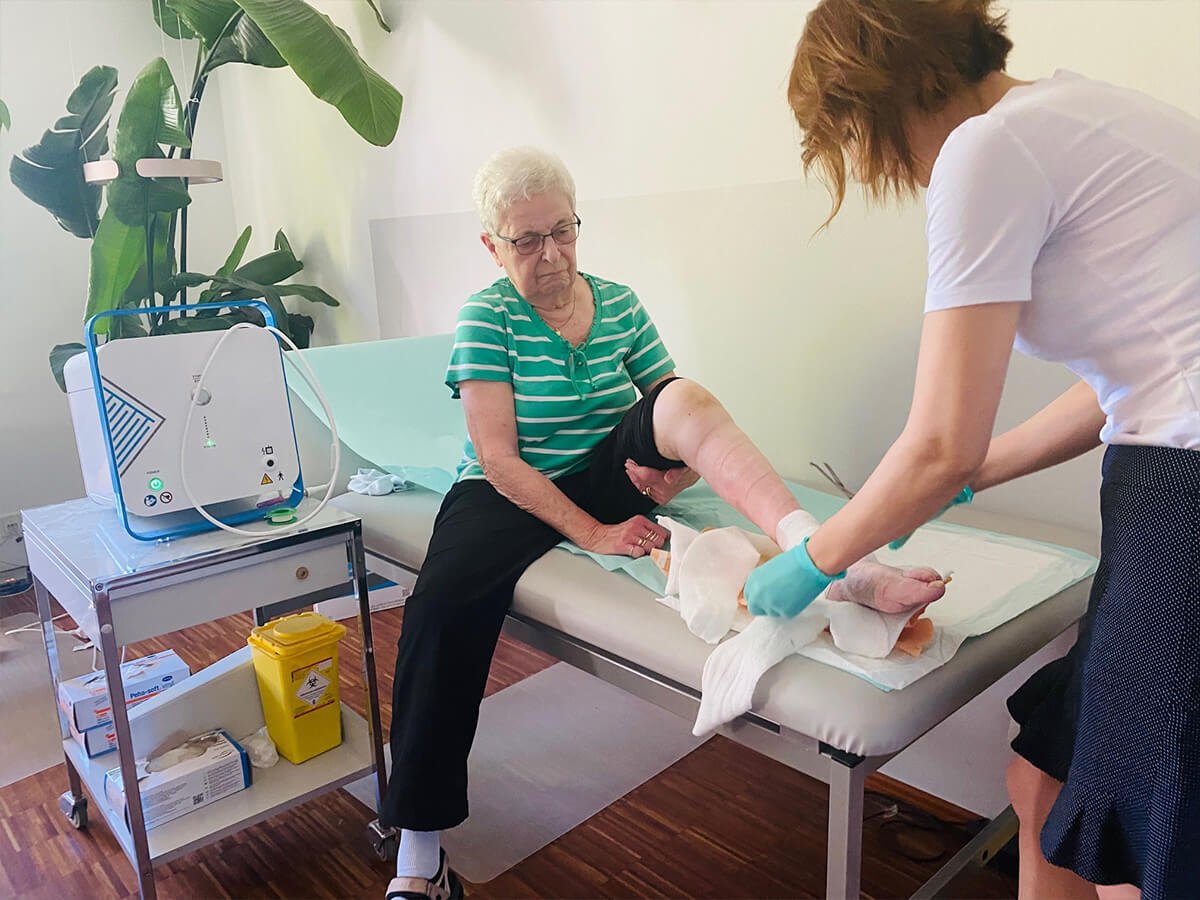

Driven by our passion for giving sufferers a new lease on life, we invented and patented a new, effective way of treating wounds. Our specialists developed CPT®patch, an active wound dressing that effectively treats wounds.
We are the first company in the world to use patented Active Glow® technology, which enables breakthrough application that even combats multidrug resistance - on a large scale, quickly and safely.
Therapy with the CPT®patch is performed in our nationwide CPT®Pasma.Competence.Centers. The treatment lasts two minutes and should be performed twice a week.
Very good results are possible after just a few treatments and we achieve lasting wound closure and thus healing in 70% of wounds that cannot be treated.

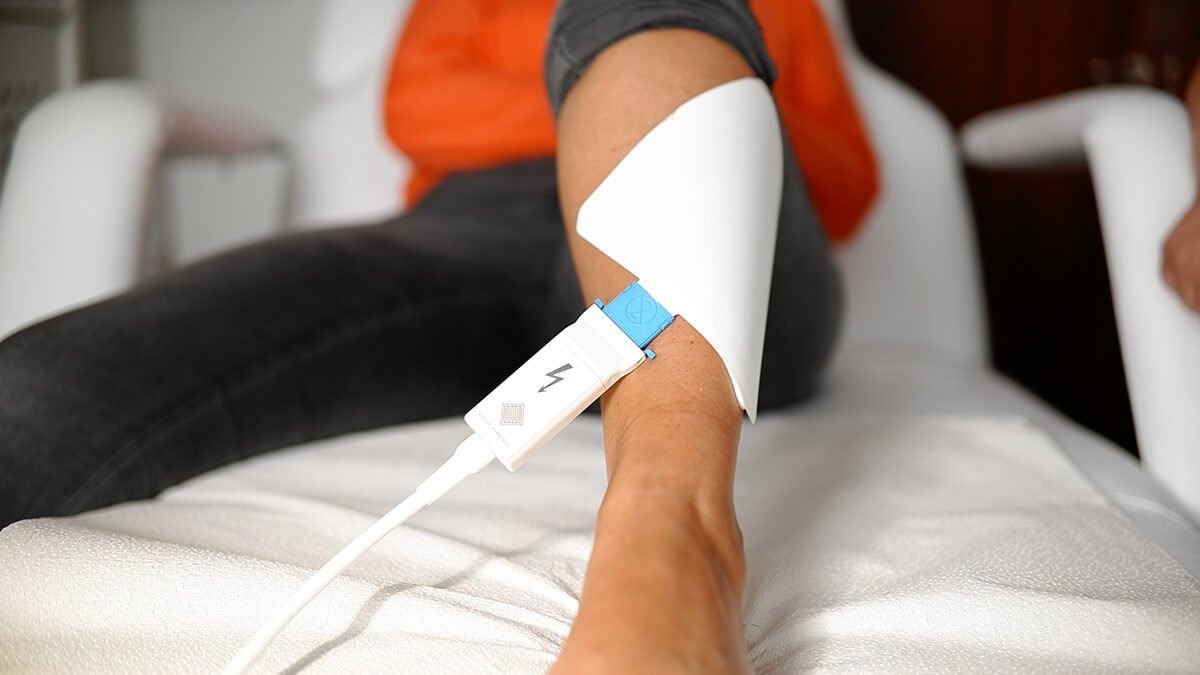
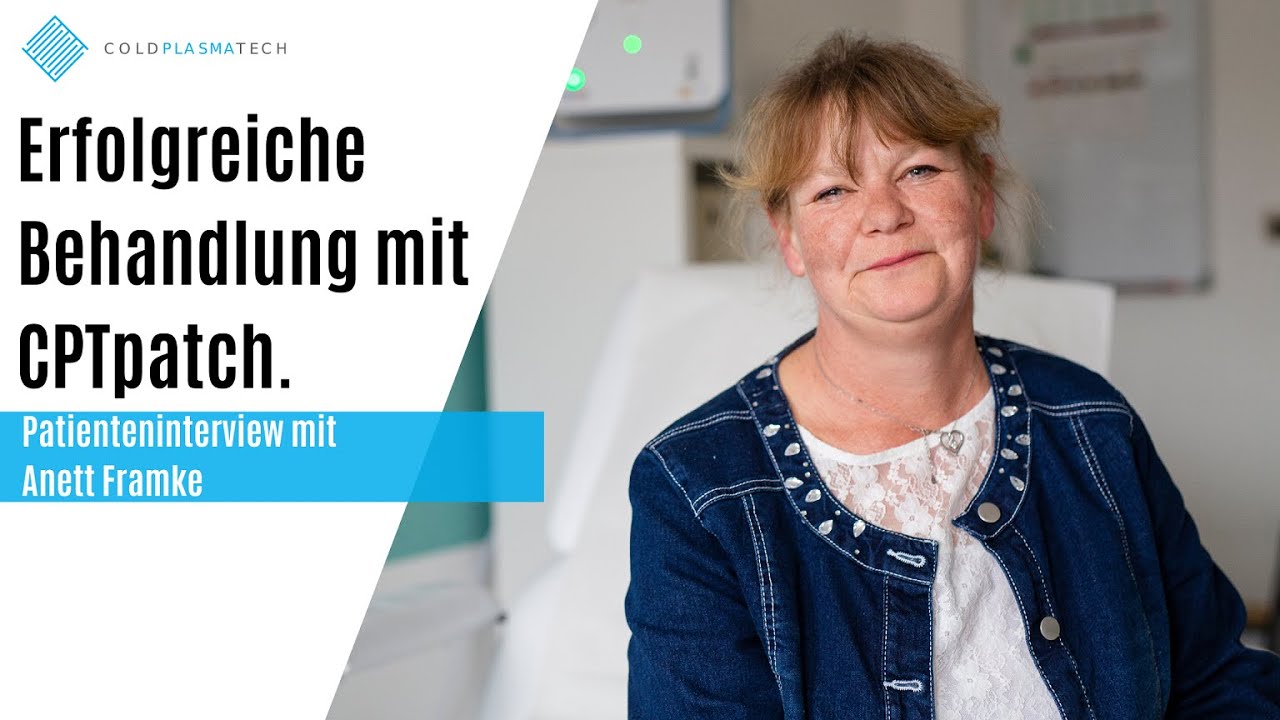
By loading the video, you accept YouTube's privacy policy.
Learn more
Anett Framke
Coldplasmatech patient